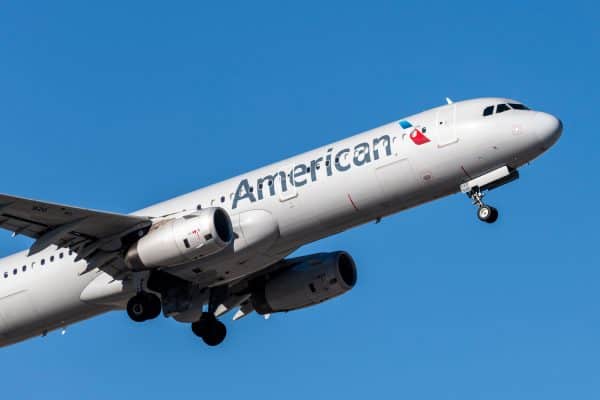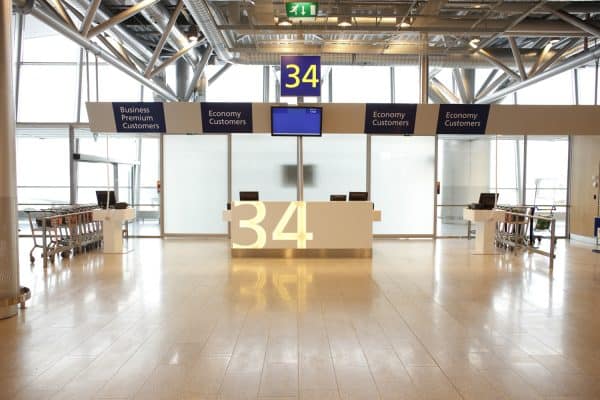Aircraft are reliable means of transportation. But for people who are oversized, there is a tendency that readjustments might be needed when you fly. If you would like to know the weight limits for plane seats, here's what we gathered after extensive research.
On most commercial flights, there is no established weight restriction, but certain airlines, Southwest most notably, ask customers who cannot fit in one seat to reserve a second.
More details and information are provided regarding plane seats and the weight limit as you read through.
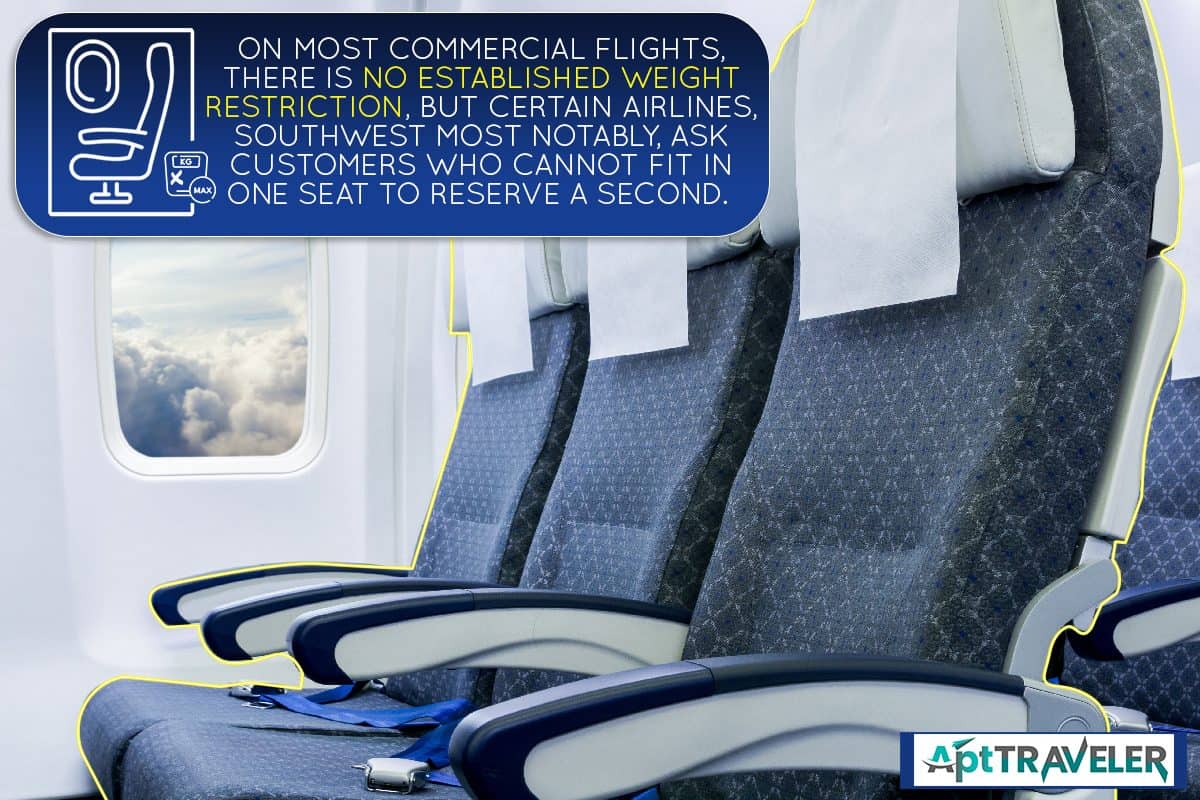
What Is The Weight Limit For a Plane Seat?
On some commercial flights, there is no established weight restriction, but certain airlines might require overweight passengers to book a second seat. Airlines like Southwest utilizes the armrest as a barometer regardless of the passenger's actual weight.
If they are unable to lower the armrests on one seat, they must purchase another. The airline will reimburse the cost of the second seat if the flight does not oversell.
Despite numerous unsuccessful feedback against it, Southwest has maintained its policy.
At What Size Do You Need Two Airline Seats?
It is challenging to identify a single size that clearly defines this issue. It does not matter what size you are; you will not suddenly need to buy two airline seats.
All airlines expect that people can spread out comfortably in one seat with the armrests folded down.
What Airline Is Best For Overweight Passengers?
The fact that someone is overweight does not automatically entail that they will have a less pleasurable flight experience than other passengers. Many airlines are more appropriate for overweight travelers.
The following airlines may be a better option if you are overweight when booking your next journey.
However, it should be noted that the fleets of airlines contain a range of aircraft. This implies that despite the bulk of their fleet of aircraft lacking extra-wide seats, one or two of them may be equipped with them.
Therefore, the average seat width serves as the basis for these ratings.
JetBlue
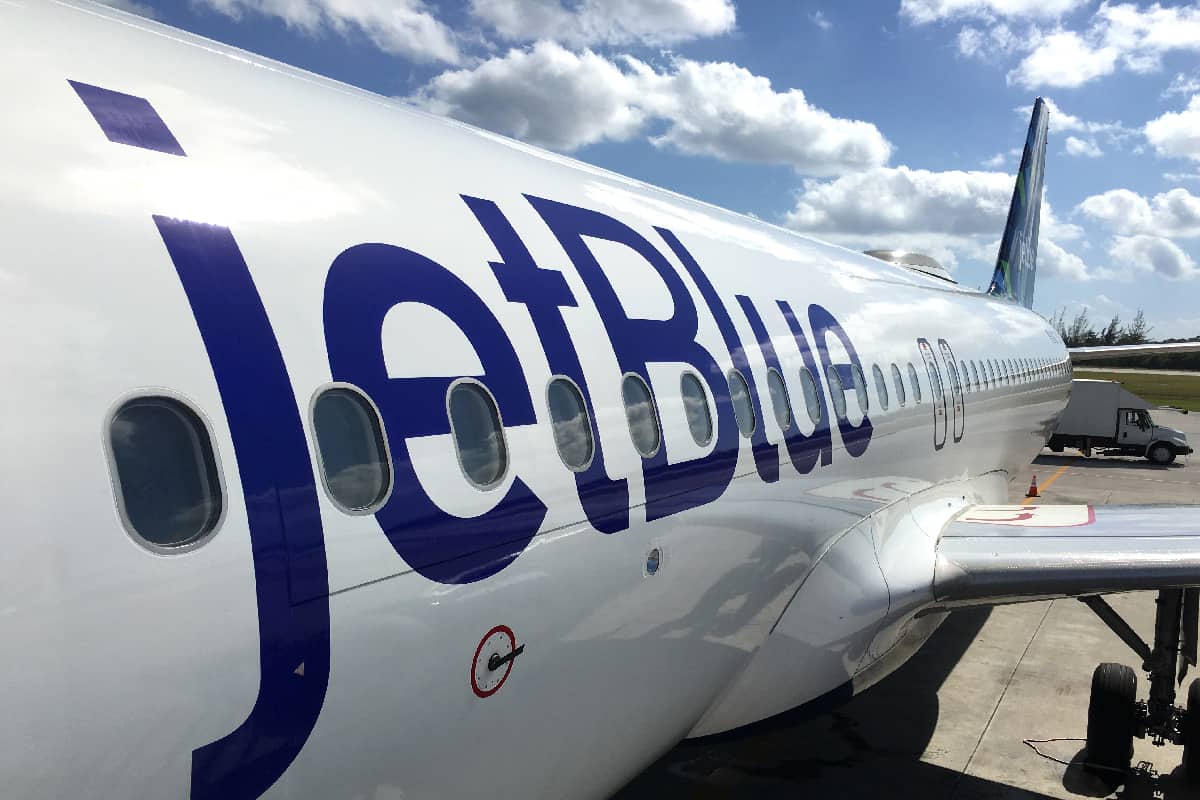
Despite most flights having a pitch range of between 32 and 35 inches and 18.4-inch seats with a maximum of 41 inches, it is the greatest airline for overweight travelers.
The narrowest seat you will likely be in on a JetBlue flight in economy class will most likely be at least 18 inches wide.
Delta Airlines
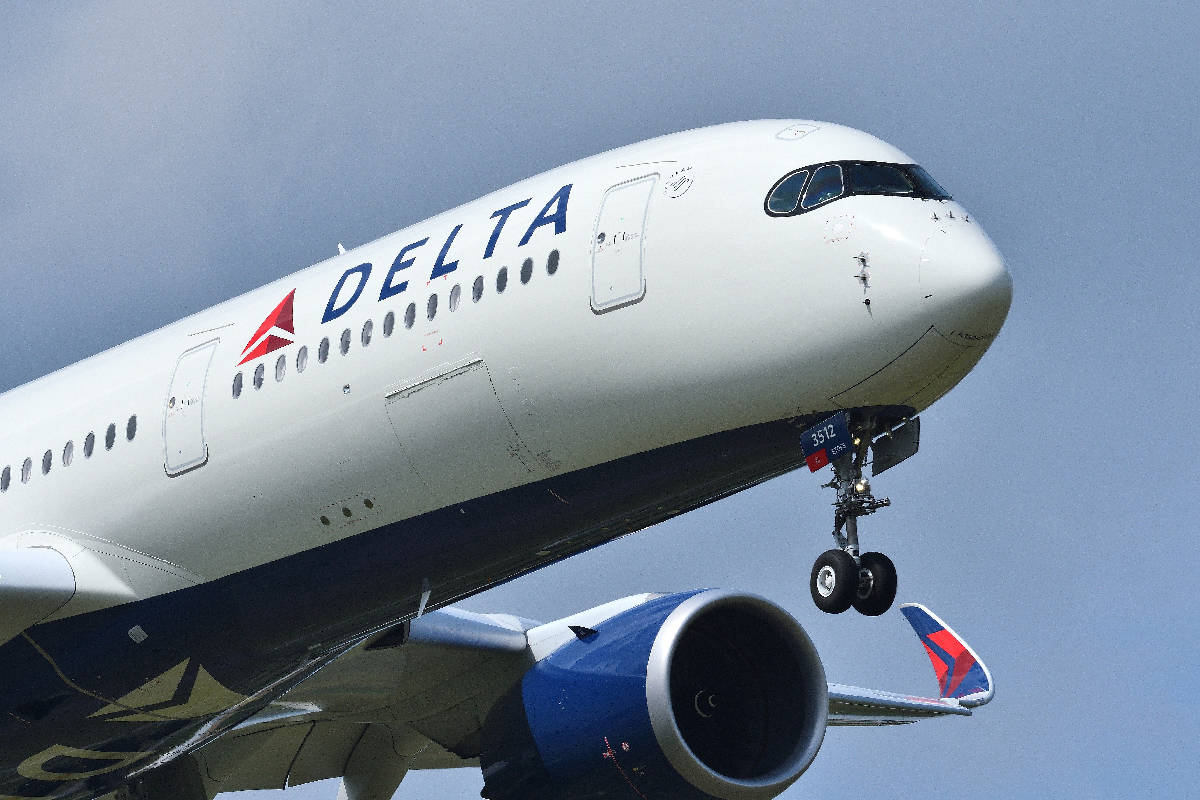
With Economy Class seats ranging from 17.9 to 19.1 inches in width, Delta is another top airline for carrying overweight customers.
However, 19-inch seats are only available on a select few aircraft. However, Delta's Premium Economy Class seats are where they really excel. If available, you might make use of seats that range in width from 18.5 to 19 inches.
Air Canada

For overweight customers traveling Air Canada, the options are varied, with seats measuring between 17 and 18 inches wide.
All of this is different for Premium Economy, where the airline provides one of the greatest options for overweight travelers. You have the option of a seat width of 24 inches, with 20 inches being the most typical.
American Airlines

Since American Airlines Economy Class seats typically measure 17 inches in width, it is best to avoid these while booking a flight.
All of this changes while traveling in premium economy, though. Passengers who are overweight can enjoy seats that are 18.5 to 19 inches wide.
Spirit Airlines
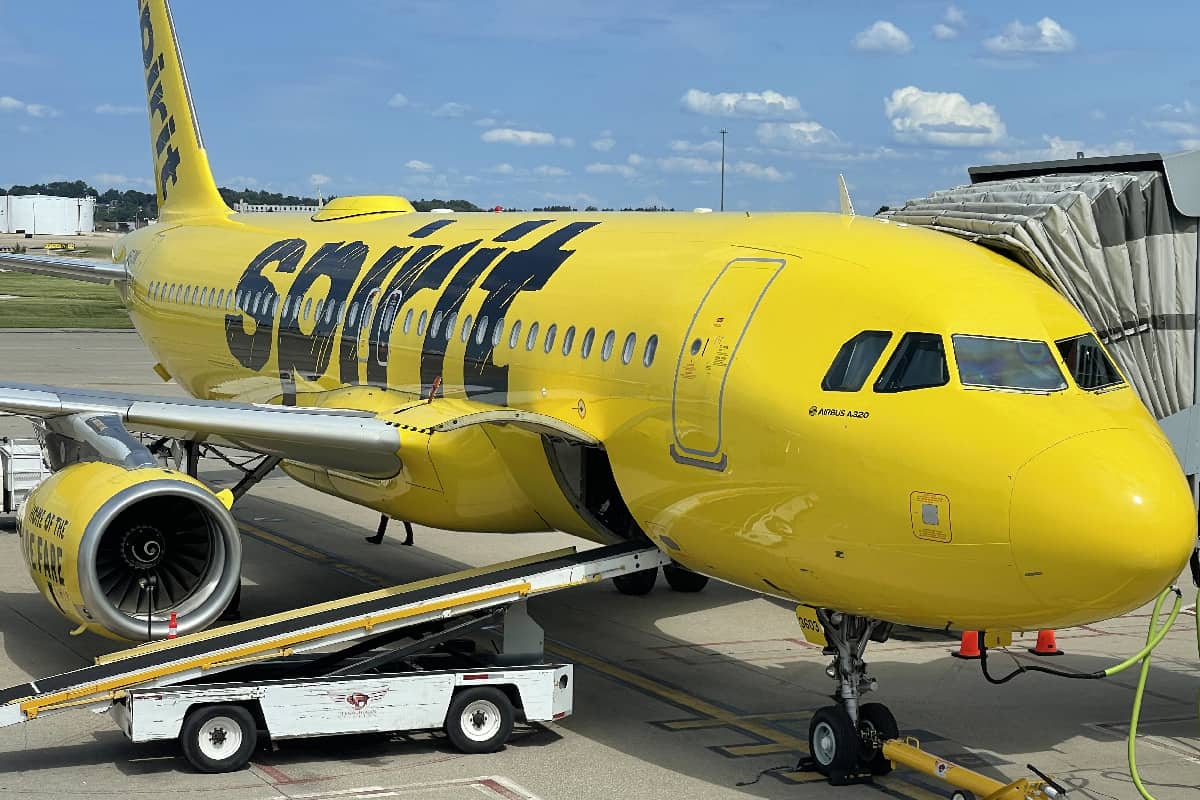
Seats on every Spirit Airlines plane measure 20 inches wide and 36 inches in height. The warning is that because these "big front" seats are in high demand, you should make your reservations as soon as possible.
You will be forced to sit on a 17.75-inch seat if you are unable to reserve a "Big Front" seat.
How Do I Know If I Will Fit In an Airline Seat?
The sizes have changed as airplane technology has advanced and as additional models hit the market. The kind of plane and the class you are interested in determine this.
As the industry grew over time, compromises had to be made in order to squeeze more passengers onto each airplane. As a result, the width of the seats shrunk a bit.
For instance, an Airbus A330 changed from having eight seats per row to having nine, which resulted in the seats' width decreasing to 16.7 inches.
The A350's smaller sibling, the A380, which was designed for longer flights, has a width of 18 inches. Despite the narrower breadth, Airbus conducted a study that suggested an extra inch of the room would significantly enhance sleep quality.
Boeing adopted a little different strategy. The business chose the 17-inch seats, which were eventually upgraded to 18 inches when the 747 was first introduced.
The 777 increased by 0.5 inches to 18.5 inches. Overall, the average seat distance is between 17 and 18 inches, with some seats measuring less than 16 inches and others more than 19 inches.
The size of a particular airline's seats, which again varies depending on the type of aircraft, is the main concern.
Seatbelt Size
Similar to the seat width, this aspect also varies somewhat. When fully extended, a seatbelt on a plane is around 42 inches long.
Seatbelt extenders are available on all airlines, and they add an additional 25 inches, bringing the total to roughly 67 inches. Pitch and width measurements are made for airline seats.
When Should I Ask For a Seatbelt Extender?
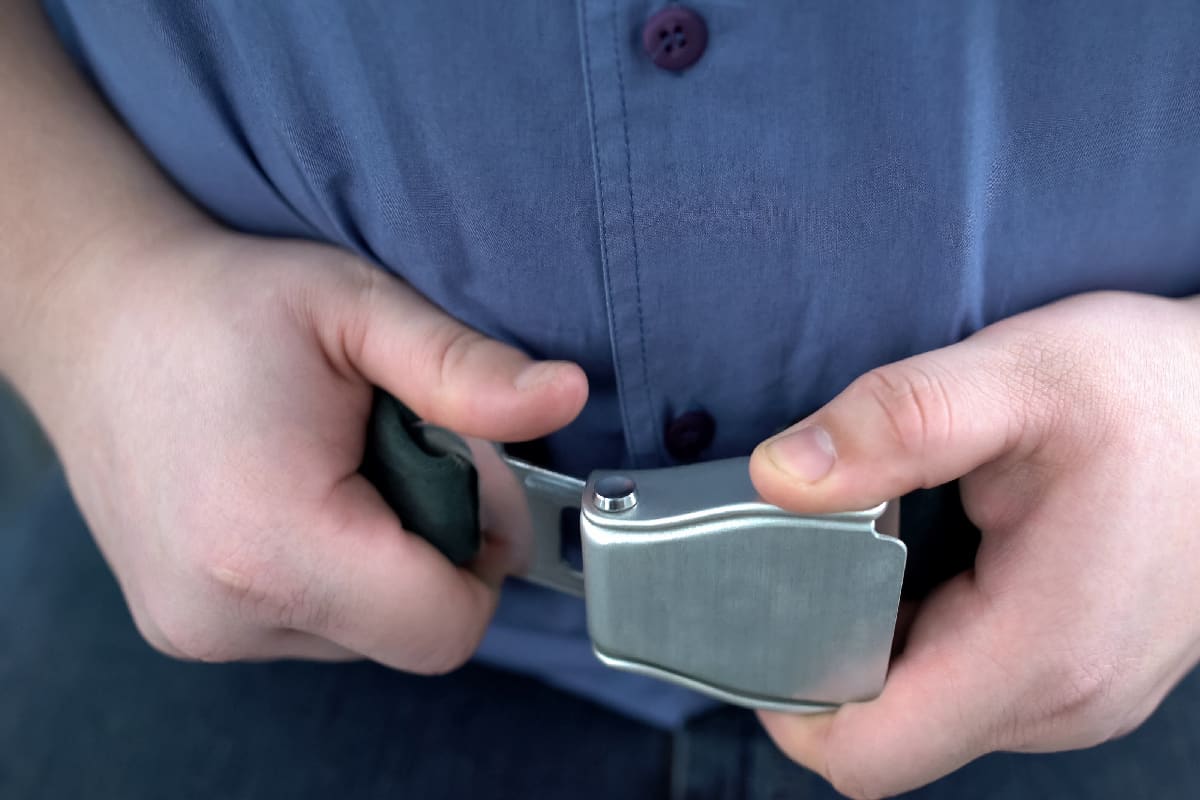
In order to provide additional effort in securing passengers and equipment for a safe drive, seat belt extenders are automotive accessories that are used to lengthen the length of ordinary seat belts.
The fundamental components of a seat belt extender are a metal tongue and a receptacle.
If you want a seatbelt extender, you should do the following.
Before You Board The Aircraft
Although this is arguably the less popular of the two possibilities, for some people it is considerably simpler. Simply ask for an extension when you are greeted by the flight attendants as you enter the aircraft.
In nine out of ten cases, they will give it to you right away, or they will bring it to you once you have sat down. If you are worried about catching someone's attention after you've set down, this is ideal.
If you decide you do not need it, you can just hand it back to the cabin crew as they're performing their checks.
Once Seated
Once you have settled into your seat and verified that your seatbelt is not quite snug enough, you can signal a member of the cabin crew and request a seatbelt extender.
This is the ideal time to inquire since once everyone is seated, they will begin to walk the aisle checking everyone.
As frequently as not, planes will begin to move towards the runway while they are providing everyone with safety information, therefore it is advisable to ask before the safety demonstration.
In the US, every airplane has at least four seat belt extenders, which airlines are obligated to offer without charge and which they are trained to do so invisibly.
How Big Do Airplane Seatbelts Go?
According to the airline and type of aircraft, seat belt length varies. When providing its consumers, various airlines may employ different sizes.
The typical length of a seatbelt is about 46 inches, with the extension component adding an additional 25 inches if needed.
Alaska Airlines and American Airlines, for example, adhere to the regulations by providing seatbelts that extend 45 to 47 inches. Southwest Airlines, on the other hand, offers a seatbelt with a 39-inch length and a 24-inch extender.
What Happens If An Airplane Seatbelt Doesn't Fit?
When many individuals fly, their seat belts frequently don't fit properly. Some passengers discover they require a seat belt extender, which is a device that fits in between the belt and buckle to aid in the connection of the two.
They will provide you with a seat belt extender if the seatbelt is too small. The airline won't let you fly if one extender can't make it (this is really uncommon, though, so it shouldn't be a problem for you).
Are Airplane Seats Bigger In First Class?

For many passengers, traveling in first class is a rare pleasure; but, for a select few, it is more common. There are many benefits, like more supportive seats, individualized cabin service, and perhaps a broader selection of entertainment and food and beverage options.
On airplanes, seats often match the cost of the ticket and the kind of passenger they are designed to hold.
Because consumers are paying more for the service, first-class seats will inevitably be wider and larger than regular seats.
Additionally, they have a wider seat pitch, which makes traveling more pleasant for taller passengers as well.
To Wrap Up
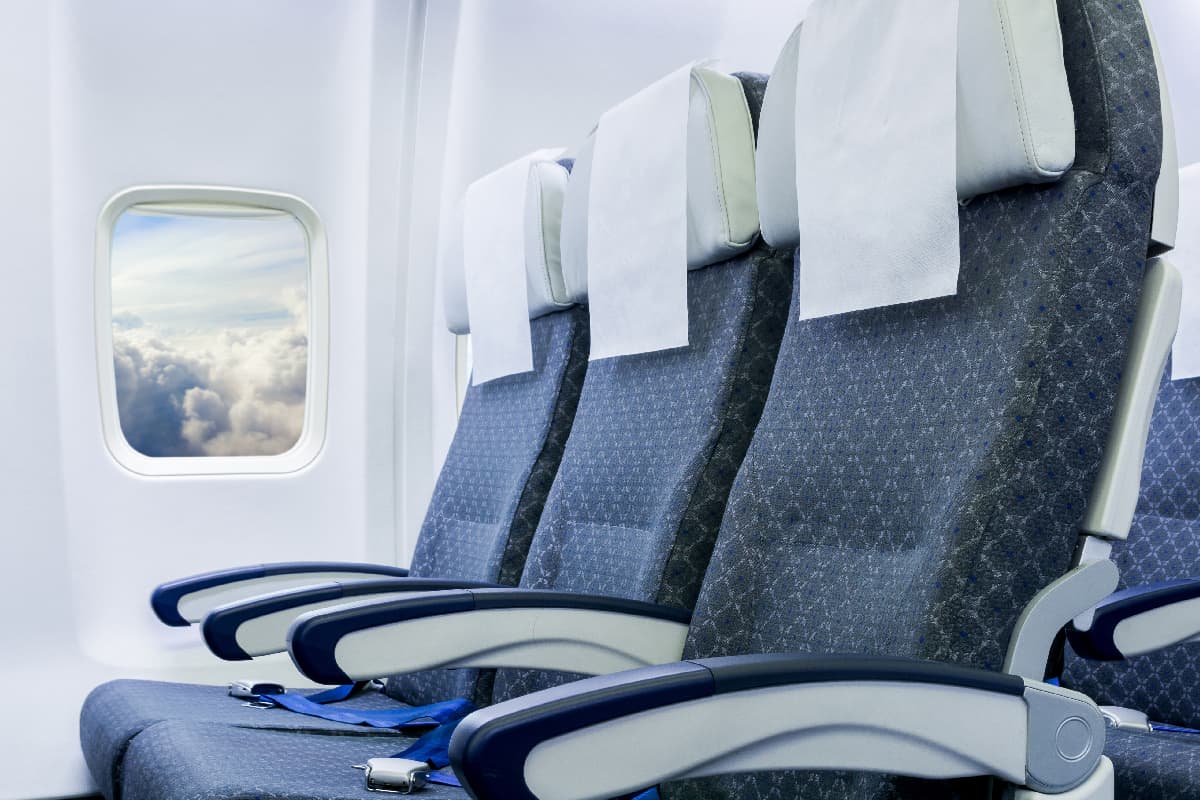
Aircraft whose seats are small will not be beneficial to those who are oversized, hence the need to go for the ones that are bigger that can easily accommodate them. Before you buy your ticket ask about the seat weight limit of the airline and airplane you travel with.
To learn more about traveling, here are related sites we recommend.


